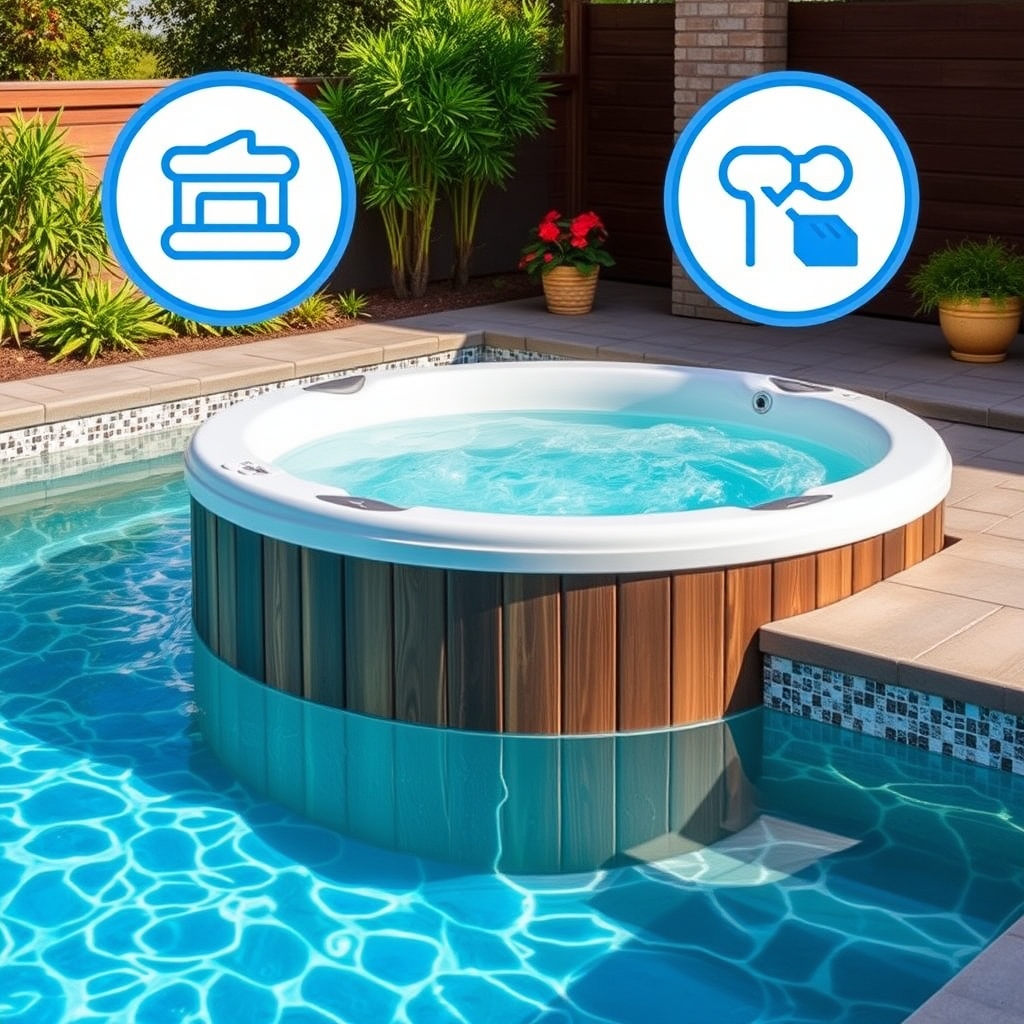Spa Pool Safety: Understanding the Hidden Risks
Do you enjoy using spa pools or hot tubs? The hot bubbling waters offer people a chance to relax yet they come with certain health risks when safety measures are not followed. It is important to recognize that spa pools can be dangerous for bacteria growth if safety measures are not taken. The Health and Safety Executive (HSE) recognizes that spa pool systems are a known cause of disease from infectious agents with Legionella pneumophila being the primary source of Legionnaires’ disease [1, 2].
Why are spa pools so risky? The water is heated to between 30–40 °C and is in motion and this is perfect for bacterial growth. The high bather-to-water ratio also means that there is a higher concentration of organic material such as sweat, skin, and hair which can provide nutrients to bacteria [3, 4]. Air jets and other similar devices produce aerosols that are small water droplets that can be inhaled and may contain harmful microorganisms [3, 5]. You need to know what the dangers are so that you can learn how to manage them.
Key Risks.
Legionnaires’ Disease: This is a severe form of pneumonia that is brought about by the inhalation of legionella bacteria [6]. Outbreaks have been reported from spa pools that are not well maintained in different settings such as leisure centers, hotels and cruise ships [1, 2, 4].
Pseudomonas aeruginosa: This is a bacterium that can cause folliculitis which is a skin infection that presents as red and itchy rash [6-8]. It is more common in children and those who have been exposed to contaminated water for a longer time [8].
Other Infections: Other pathogens that can be found in spa pools include mycobacteria for example *Mycobacterium avium*, respiratory problems and coliforms and E. coli which are indicators of faecal contamination [7, 9, 10].
This is the first step to the safe use of spa pools and it is important to know the risks. There is need to ensure that the maintenance is done in the right way and the water is tested from time to time and disinfection is done to prevent the spread of these diseases. The HSE has provided more information on how to manage and control these risks [1, 2, 11].
FAQs
Why are spa pools a breeding ground for bacteria?
Spa pools are favorable for the growth of microorganisms due to the warm water (20-45°C), high organic load from users and the creation of aerosols which can spread bacteria [4, 5, 7].
What is Legionnaires’ disease?
Legionnaires’ disease is a severe form of pneumonia that is brought about by the inhalation of *Legionella pneumophila* bacteria. It can cause severe illness and death at times [6, 7].
What are the symptoms of a Pseudomonas infection from a spa pool?
The symptoms include a red itchy rash (folliculitis) that usually develops 48 hours (range 8 hours–5 days) after bathing in the spa pool [8].
How often should spa pool water be tested?
Water should be checked daily for pH and disinfectant levels and at least once a month for microbiological contaminants such as ACC, coliforms, E. coli, P. aeruginosa and legionella once every 3 months [12-15].
What can I do to make sure my spa pool is safe?
There are some measures that should be taken to make sure that your spa pool is safe and these include cleaning, disinfection, replacement of water and following of safety measures [2, 3, 13, 16].
Avoid any further harm to your health and enjoy your spa pool experiences by knowing more and being more careful.

Leave a Reply
You must be logged in to post a comment.